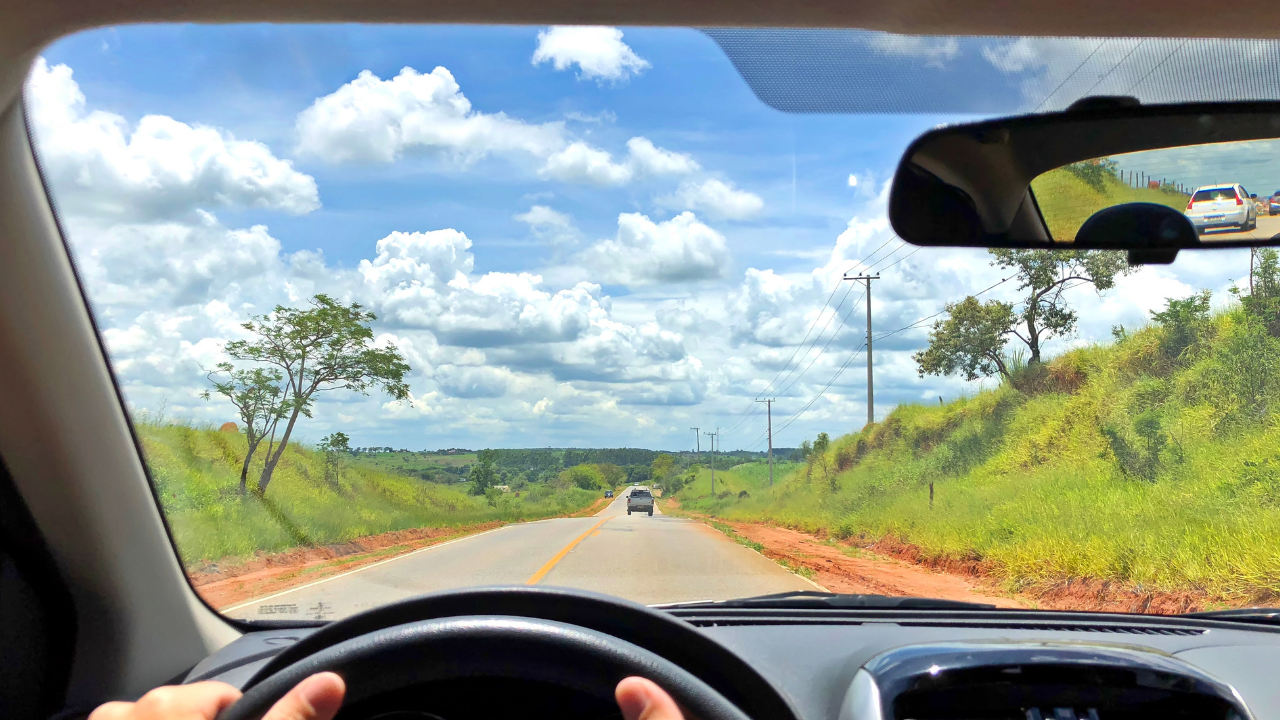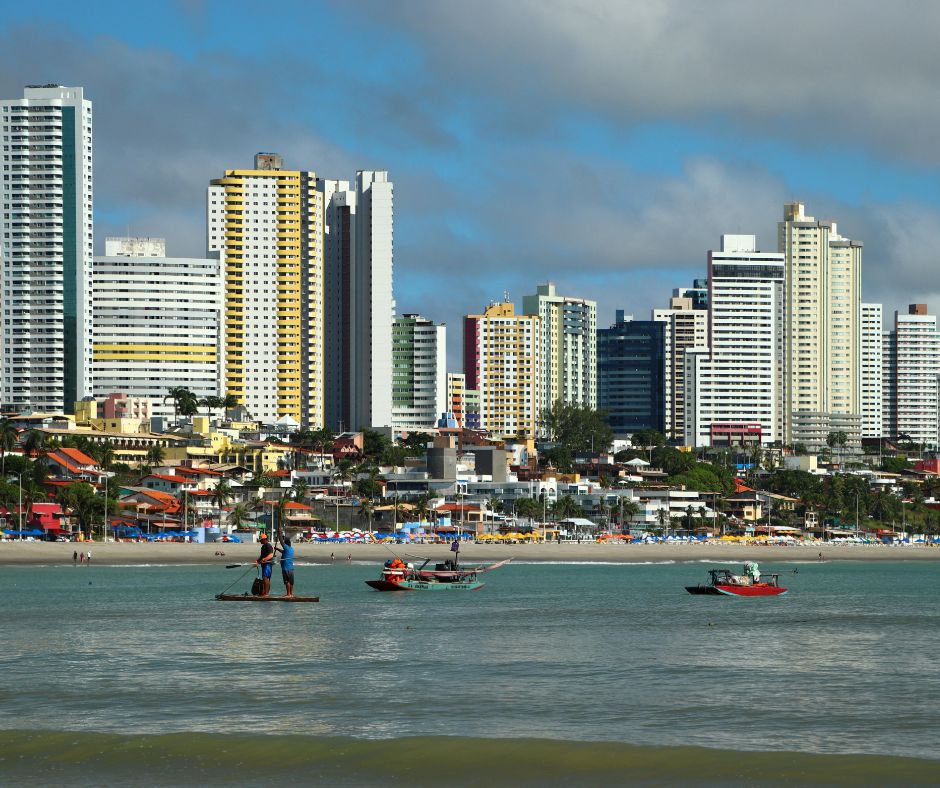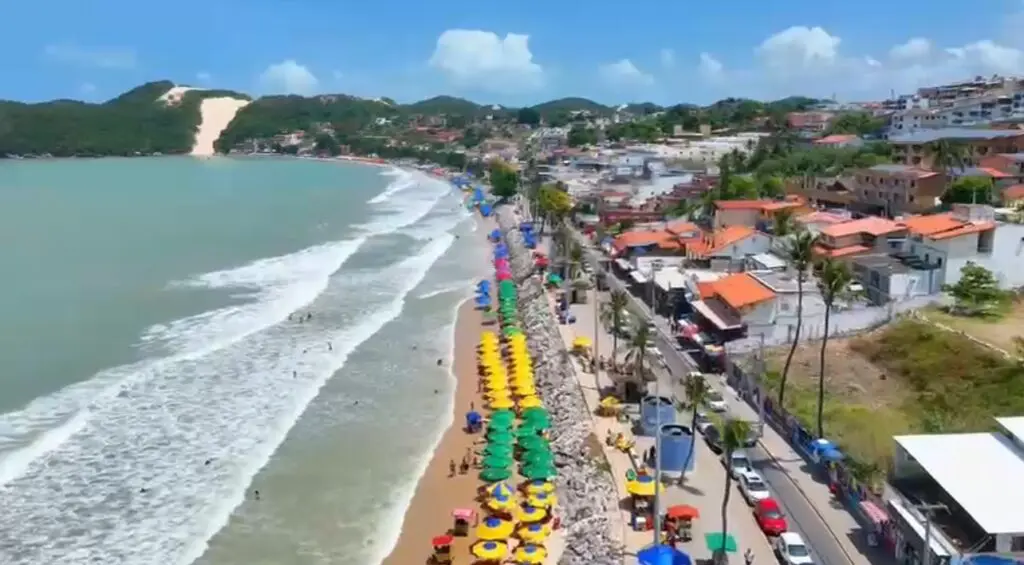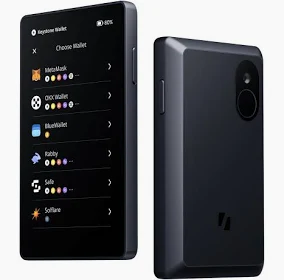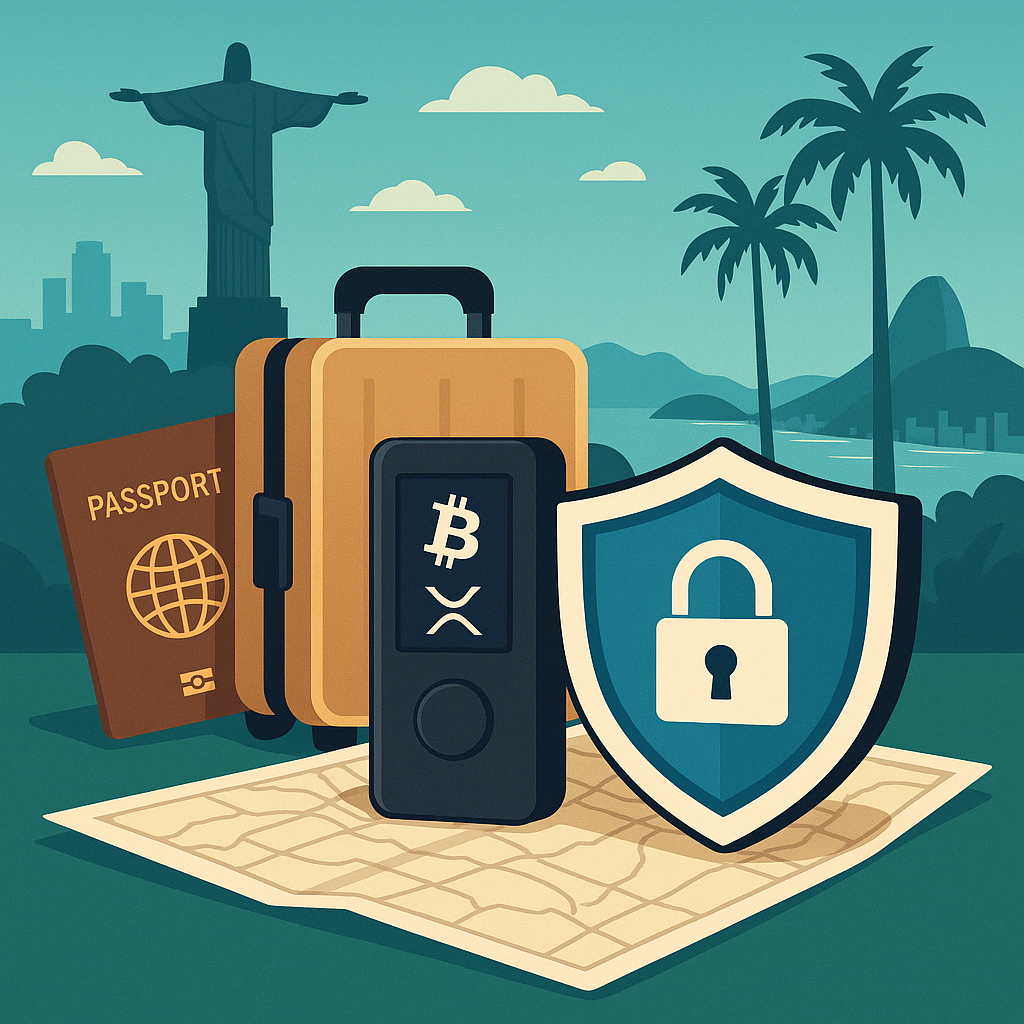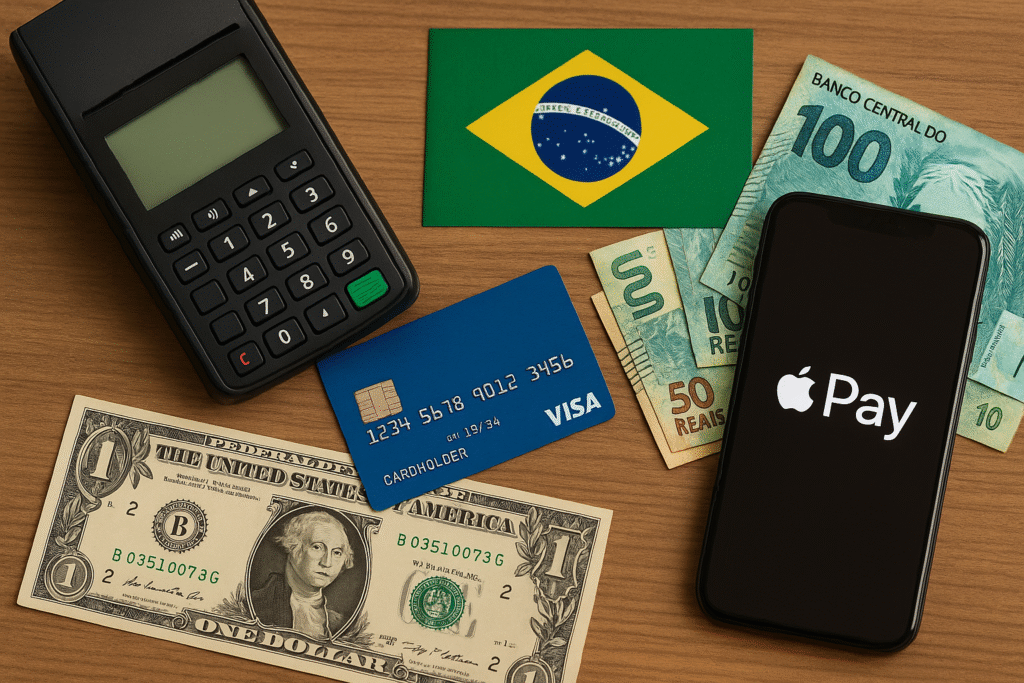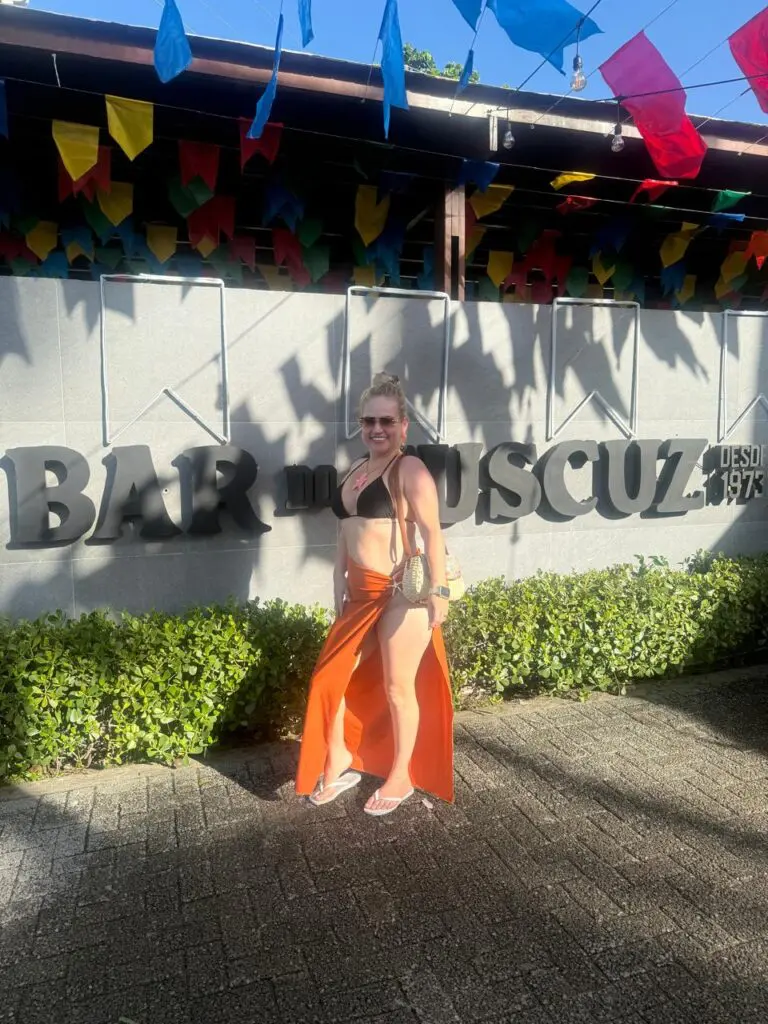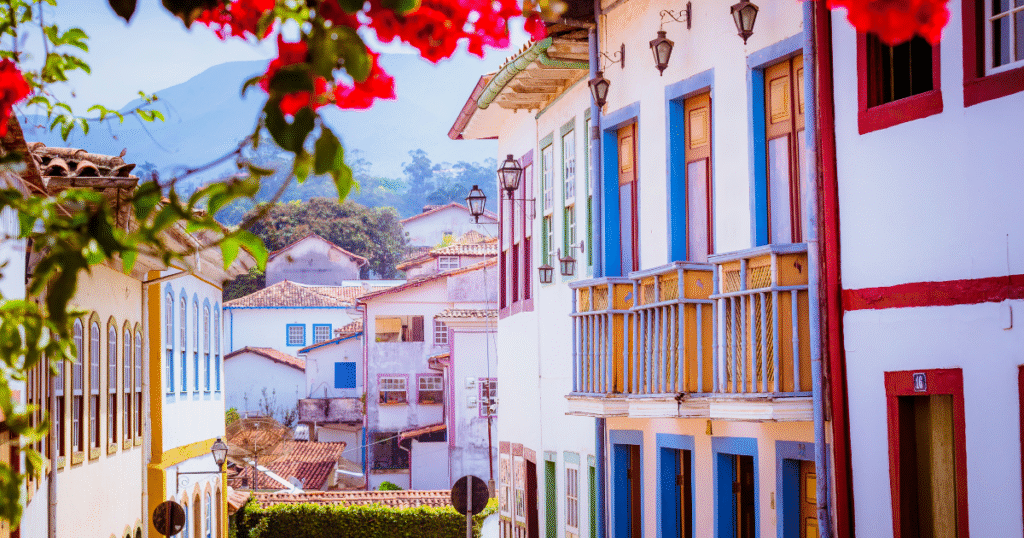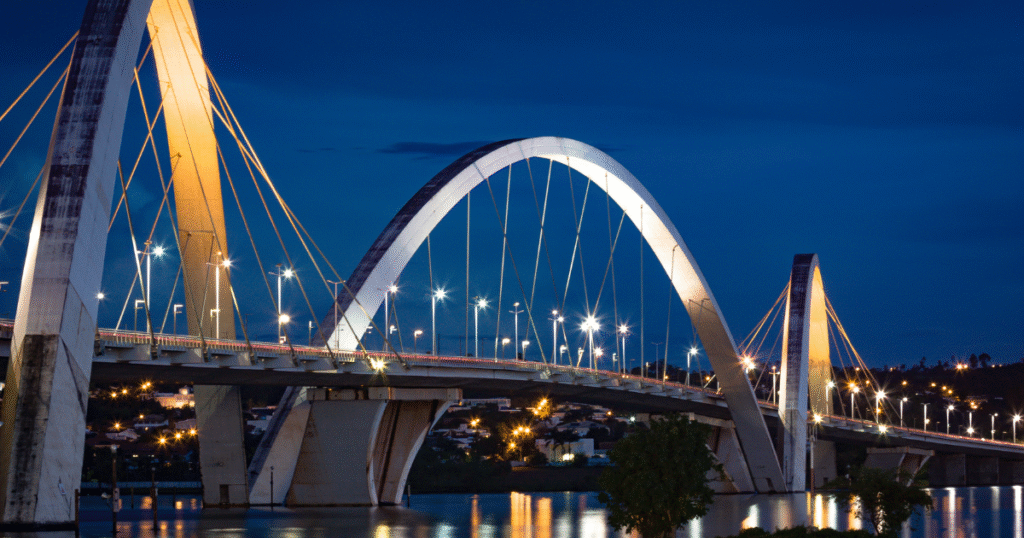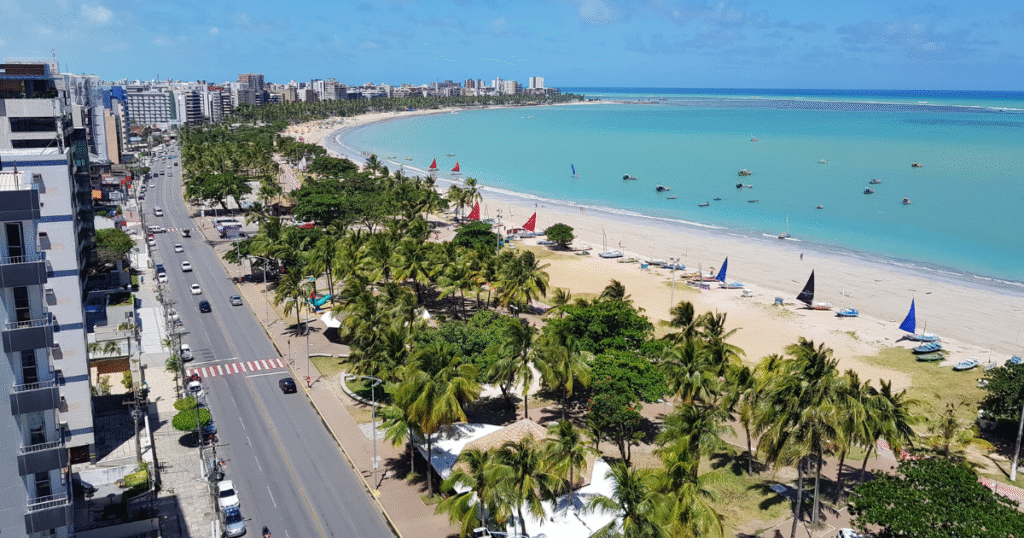Is Driving in Brazil a Good Idea?
If you’re planning to visit or move to Brazil, you might be wondering: Should I rent a car and drive, or rely on public transport? Brazil is a vast country with stunning landscapes, vibrant cities, and remote destinations that can be best explored by car. However, driving in Brazil as a foreigner comes with unique challenges, from understanding local traffic laws to dealing with road conditions and safety concerns.
In this guide, we’ll cover everything you need to know about driving in Brazil, including license requirements, road conditions, traffic laws, and tips for staying safe on the road.
1. Do You Need an International Driving Permit (IDP)?
✔ Short-term visitors (up to 180 days) – You can drive in Brazil using a valid foreign driver’s license along with an International Driving Permit (IDP), which translates your license into Portuguese. ✔ Staying longer than 180 days? – You must convert your foreign license into a Brazilian driver’s license at the Detran (Department of Transit) office in your state. ✔ U.S. and European licenses – Many states accept them without additional testing, but requirements vary.
💡 Pro Tip: Always carry your passport, driver’s license, and IDP when driving in Brazil, as police checkpoints are common.
2. Understanding Brazilian Traffic Laws
✔ Drive on the right side of the road, just like in the U.S. and most of Europe. ✔ Seatbelts are mandatory for all passengers, and failing to wear one can result in fines. ✔ Speed limits vary depending on the area:
- Urban areas: 40–60 km/h (25–37 mph)
- Highways: 80–120 km/h (50–75 mph) ✔ Strict DUI Laws – Brazil has a zero-tolerance policy for drinking and driving. Any alcohol in your system can result in heavy fines and even vehicle impoundment. ✔ Using a phone while driving is illegal unless using a hands-free device. ✔ Flashing headlights at night often means another driver is warning about an upcoming police checkpoint or road hazard.
💡 Pro Tip: Install Google Maps or Waze before your trip for real-time traffic updates and police radar warnings.
3. Road Conditions: What to Expect
✔ Highways (Rodovias) – Major highways like BR-101 and BR-116 are well-maintained but often have tolls. ✔ City Roads – Potholes and uneven pavement are common in smaller cities and rural areas. ✔ Unpaved Roads – Many roads in the countryside and near beaches require a 4×4 vehicle. ✔ Flooding Risks – Heavy rain can cause flooding, especially in cities like São Paulo and Rio de Janeiro. ✔ Motorcyclists & Pedestrians – Always be cautious of motorcyclists weaving through traffic and pedestrians crossing unexpectedly.
💡 Pro Tip: If you’re driving long distances, fill up on gas before heading into rural areas, as fuel stations can be scarce.
4. Renting a Car in Brazil: What You Need to Know
✔ Minimum age to rent a car – 21 years old (some companies require 25+ years old). ✔ Required documents – Passport, driver’s license, and an International Driving Permit (IDP). ✔ Automatic vs. Manual Cars – Manual transmissions are more common and cheaper to rent. ✔ Car Insurance – Always get collision damage waiver (CDW) insurance to avoid costly repairs. ✔ Toll Roads – Many highways have tolls, and some only accept electronic payments like Sem Parar.
💡 Pro Tip: If renting a car, use a Wise Debit Card to avoid international transaction fees when paying for fuel or tolls.
5. Driving Safety in Brazil: How to Avoid Problems
🚨 Avoid driving at night in rural areas – Poor lighting and unsafe road conditions can be dangerous. 🚨 Be cautious in big cities – Carjackings and thefts can happen, especially in São Paulo and Rio. 🚨 Keep doors locked – Carjackers often target stopped vehicles at red lights. 🚨 Use secure parking – Always park in paid, monitored parking lots. 🚨 Watch out for police checkpoints – These are common and usually routine, but always have your documents ready.
💡 Pro Tip: Use a GPS Tracker for Your Car for extra security in case of theft.
6. Alternative Transportation: When Not to Drive
If driving seems too risky or inconvenient, Brazil has several alternative transportation options:
✔ Uber & 99 App – Safer and often cheaper than taxis. ✔ Metro & Public Transport – São Paulo and Rio have efficient subway systems. ✔ Long-Distance Buses (Ônibus Rodoviário) – Comfortable and affordable for travel between cities. ✔ Domestic Flights – Brazil is huge, so flying is often the fastest way to reach distant destinations.
💡 Pro Tip: Use Trip.com to book affordable flights within Brazil.
Final Thoughts: Should You Drive in Brazil?
Driving in Brazil can be an exciting way to explore the country, but it’s important to be aware of the risks and challenges. If you’re comfortable driving in heavy traffic, navigating toll roads, and understanding local laws, renting a car can be a great option.
However, in major cities like São Paulo, Rio de Janeiro, and Salvador, using Uber, taxis, or public transport is often a safer and more convenient alternative.
🚗 Are you planning to drive in Brazil? Let us know your thoughts in the comments!

